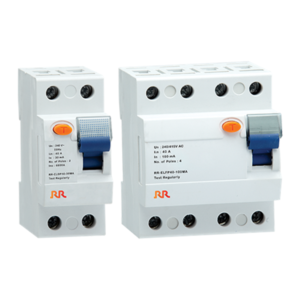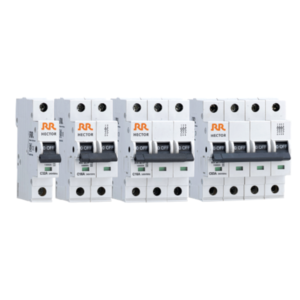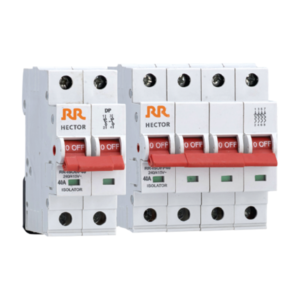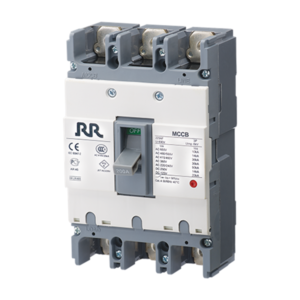Distribution Boards (DBs)
Distribution Boards (DBs), also known as Panelboards or Distribution Panels, are electrical enclosures that distribute power to various circuits within a building. They are essential components in both residential and commercial settings.
Key Components of a DB:
Busbars: Conductors that distribute power to the individual circuits within the DB.
Circuit Breakers: Protective devices that interrupt the power supply to a circuit in case of overload or short circuit.
Neutral Busbar: The neutral conductor that provides a return path for current.
Ground Busbar: The grounding conductor that provides a safe path for fault currents.
Terminal Blocks: Connection points for the incoming power supply and outgoing circuits.
Labeling: Clear labeling of circuits and devices for easy identification.
Types of Distribution Boards:
Main Distribution Boards (MDBs): The primary DB in a building, receiving power from the utility and distributing it to sub-distribution boards or individual circuits.
Sub-Distribution Boards (SDBs): Smaller DBs that receive power from the MDB and distribute it to specific areas or groups of circuits.
Consumer Units: Residential DBs that typically contain a combination of MCBs and RCDs to protect individual circuits.
Applications of Distribution Boards:
Residential Homes: Providing power to various circuits in homes, such as lighting, appliances, and outlets.
Commercial Buildings: Distributing power to offices, retail spaces, and industrial facilities.
Industrial Plants: Providing power to machinery, equipment, and control systems.
Benefits of Using Distribution Boards:
Safety: Ensure safe and reliable power distribution, reducing the risk of electrical hazards.
Organization: Provide a centralized location for controlling and monitoring electrical circuits.
Efficiency: Optimize power distribution and minimize energy losses.
Maintainability: Facilitate maintenance and troubleshooting by providing easy access to components.
Scalability: Can be easily expanded to accommodate additional circuits or loads as needed.
Choosing the Right Distribution Board:
When selecting a distribution board, consider the following factors:
Load Requirements: Determine the total power load and the number of circuits required.
Voltage and Frequency: Ensure the DB is compatible with your electrical system’s voltage and frequency.
Enclosure Type: Choose an enclosure that is suitable for the installation environment, such as indoor or outdoor use.
Safety Standards: Select a DB that complies with relevant safety standards and regulations.
Budget: Determine your budget and select a DB that offers the necessary features within your price range.






Reviews
There are no reviews yet.